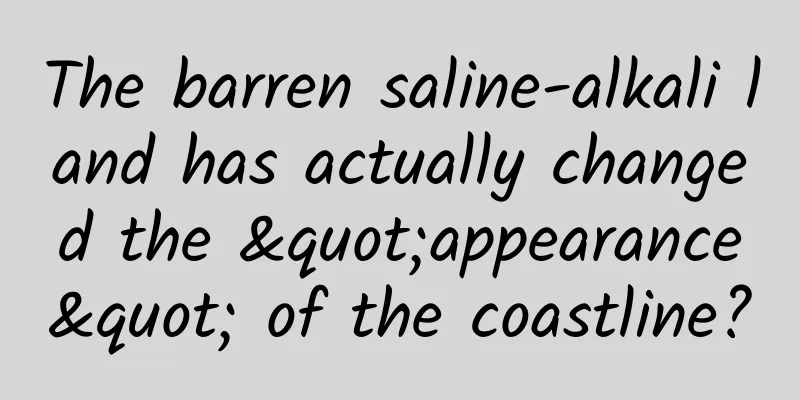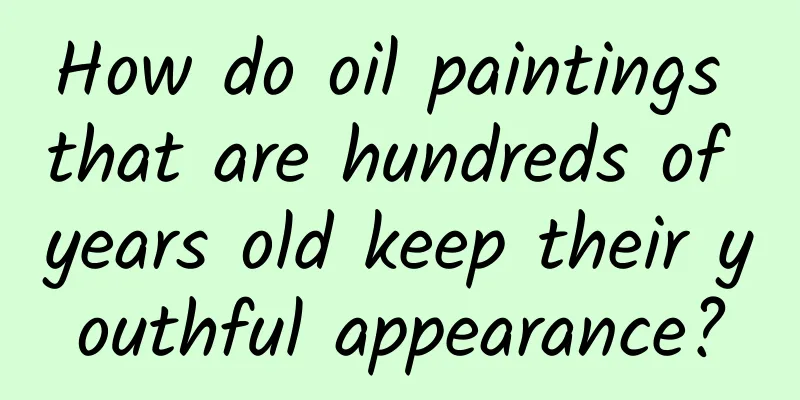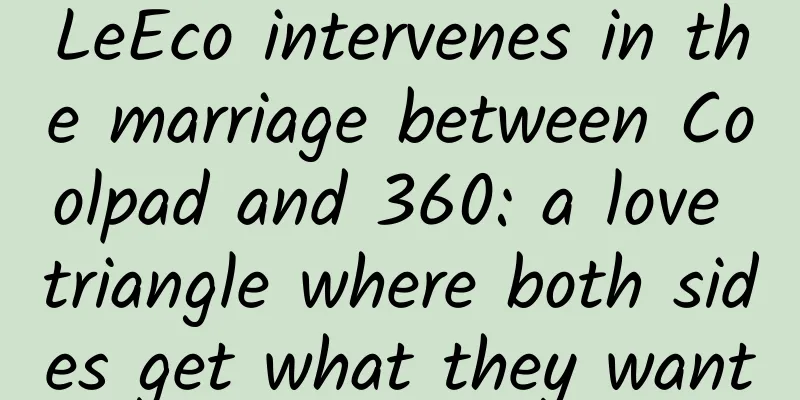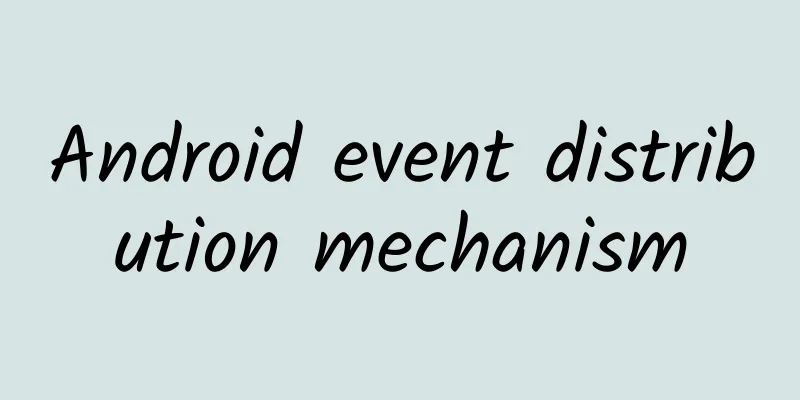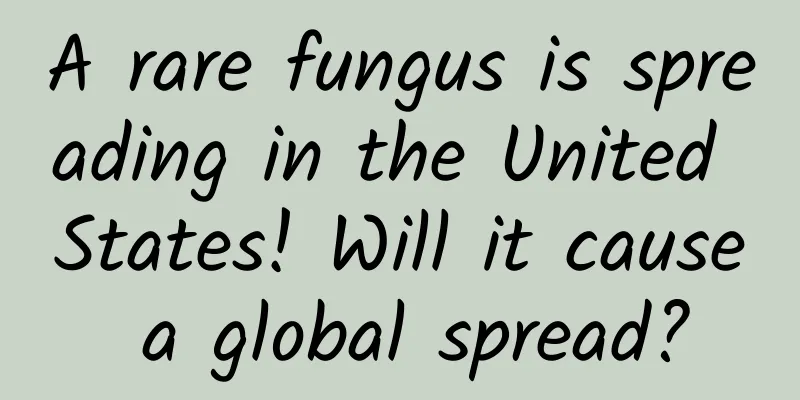The "purple" in front of you is not purple? What kind of purple are you talking about?

|
Recently, Zhang Chaoyang mentioned a statement in his physics class: "Purple does not exist in the solar spectrum. To see purple, the human eye must re-superimpose the spectrum." Do you feel like you know every word, but when they are put together, you can’t understand them… In fact, it is because, in this sentence, the "purple" before and after is not the same "purple" . Just like the two primary colors we learned in textbooks - "three primary colors of light" and "three primary colors of color" , although they are both called "three primary colors", one is from the perspective of optics and the other is from the perspective of color. The three primary colors of light are red, green, and blue. By mixing and superimposing these three colors of light in a certain proportion, we can obtain almost all colors of light. Image source: Wikipedia The three primary colors are magenta, yellow, and cyan. By mixing and superimposing them in a certain proportion, we can obtain almost all the colors in painting, except white. Image source: Wikipedia The same is true for "purple in the solar spectrum" and "purple seen by the human eye". One is an optical perspective, and the other is a color perspective . Seeing this, do you have new confusion: If there is no "purple" in the solar spectrum, then what is the "purple" in the "red, orange, yellow, green, blue, indigo and purple" that we see in the rainbow? Let’s take a closer look. 01 Is it true that there is no "purple" in sunlight? This statement is actually not accurate. There is still "purple" in the solar spectrum, but it is not the "purple" in our daily understanding of "purple eggplant" and "purple grapes". When referring to the "violet" in the solar spectrum from an optical perspective, it has a special term in English, called " Violet ", which represents optically pure "violet" - that is, light with a wavelength in the range of 380 nanometers to 450 nanometers . In Chinese, this word is translated as "blue-purple", and many people simply translate it as "purple". However, the "blue-purple" or "purple" here is not the same as the "purple" we see and mention in life . The rainbow and the visible light band obtained by decomposing sunlight with a prism both contain this pure purple (Violet), but it is at the very edge and the proportion is so small that it is difficult for us to distinguish it. If we use a spectrometer to decompose sunlight, we can see some purple light. The small purple band at the bottom of the picture below (the color may look different on different devices): The visible light spectrum of the Sun (wavelength range 400nm-700nm). Image credit: NSO If you think the picture above is not clear enough, you can take a look at the continuous spectrum chart below. The area represented by "V" is the "purple" light such as "Violet". You will find that the closer the wavelength is to 380 nanometers, the darker the color will be. This is not because it is "black", but because the eyes cannot see light with a wavelength shorter than 400 nanometers (ultraviolet light) , so what we feel is black. In addition, the eye's judgment of color is actually affected by brightness and darkness. Continuous spectrum. Image source: Wikipedia We can extract a few distinguishable colors from the small spectrum of "V". The following are the optical "violet" perceived by the brain: Image from the author Now that we understand the optical meaning of purple (Violet), let’s talk about the “colorful” “purple” we see in life. 02 What is the "purple" in life? How is it seen? From the perspective of art, the color mixed with red and blue pigments in different proportions is also called "purple". This kind of "purple" also has a special word in English: Purple , which is the "purple" of many objects we see in daily life. The most intuitive way to experience this "purple" is to buy a box of watercolor paint and mix red and blue in a certain proportion: A type of purple. In fact, there are many types of purple, not just one. It is very different from the "violet" in optics above. Image from the author When red light and blue light are superimposed together, we can also get "purple". However, the "purple light" here is different from the "purple in optics (Violet)" mentioned above in that "Violet" is monochromatic light, while the "purple light" we get by superposition is mixed color light . The mobile phone screen is the most intuitive application of this "mixed color light". If you zoom in on the screen of your phone, you will find that there are actually only three colors of light-emitting units on the screen: red , green , and blue (the three primary colors of light). These three light-emitting units can adjust the brightness and darkness to make the phone screen show a variety of colors. For example, purple light is the color displayed when the red and blue light-emitting units are turned on. If you click on this picture and enlarge it, you will find that there are only three types of light-emitting units: red, green, and blue. How do we perceive the "purple" in the mobile phone screen above? When colors appear on the screen, the three types of cones on the retina - cones L that are sensitive to yellow-green light , cones M that are most sensitive to green light, and cones S that are most sensitive to blue-violet light - will be stimulated and send signals to the brain at the same time. The brain will tell us what color we see. If you see "purple", then the process of it being "seen" is actually: The red and blue light-emitting units on the screen light up, and the two light-emitting units stimulate the cone cells L and cone cells S respectively. When these two cone cells are stimulated at the same time, the brain receives a signal - "purple". Therefore, the colors we "see" are actually the re-superposition of light by the human eye and brain . Now let’s look at Zhang Chaoyang’s words again: “There is no purple in the solar spectrum. The human eye needs to re-superimpose the spectrum to see purple.” Isn’t it not so difficult to understand? There is no doubt about the second half of the sentence. The "purple" we feel is indeed the superposition of light by the human eye and brain. There is a problem with the first half of the sentence. That is, there is still "purple" in the solar spectrum, but it is not "purple", but "violet"... Author: Cui Yinghao Review|Liu Qian, Researcher at Beijing Planetarium The cover image and the images in this article are from the copyright library Reproduction of image content is not authorized |
<<: It's not just the workers who have to compete, the competition for ribosomes is not easy either!
>>: It's strange, they say having a dog can make people depressed...
Recommend
Is it safe to spray eggs with alcohol? How to effectively disinfect fruits and vegetables?
The spread of the new coronavirus through logisti...
up to date! Data rankings of 60 information flow advertising platforms!
Today I bring you the latest traffic rankings of ...
Research and practice of Android unit testing
Introduction to Android Unit Testing Android proj...
Don't touch it! There are a lot of these black "fruits" on the streets, and it's easy to get "infected"
When this season comes every year, many roads wil...
my country's earliest "genetic" modification project began 5,000 years ago!
"The market is lined with pearls and jade, a...
After seeing the official pictures of the new Geely Boyue, I would like to ask if I have to pay extra to pick up the car this year?
Geely recently released the official photos of th...
Weibo Fans Information Stream Ad Display Style
As a long-established social APP, Weibo platform ...
Let’s talk about it from a mathematical perspective: why do people who are addicted to gambling always end up going bankrupt?
In the recent hit drama "Crazy", there ...
What can you see at the Potala Palace?
Potala Palace, Tibet Seems to be out of touch wit...
Interpreting ASP.NET 5 & MVC6 Series (11): Routing
New Routing Features In ASP.NET 5 and MVC6, the R...
In the bitter winter, why is it Xiaomi that helps Xiaopeng Electric Vehicles survive?
New energy vehicles are an inevitable future, but...
What gift should you give her on Women's Day? This is the one she will love!
As spring comes and flowers bloom, "Goddess ...
Kaola Global Shopping Product Analysis!
Cross-border e-commerce is a branch of the e-comm...
Blue Ocean Virtual Resource CPS Project, currently the highest single person earns over 300,000 yuan per month
The course comes from Shengfan’s Blue Ocean Virtu...
Share 4 niche but conscientious APPs: Each one is one in a hundred, please use it in a low-key manner
In our lives, almost everyone has a mobile phone....

